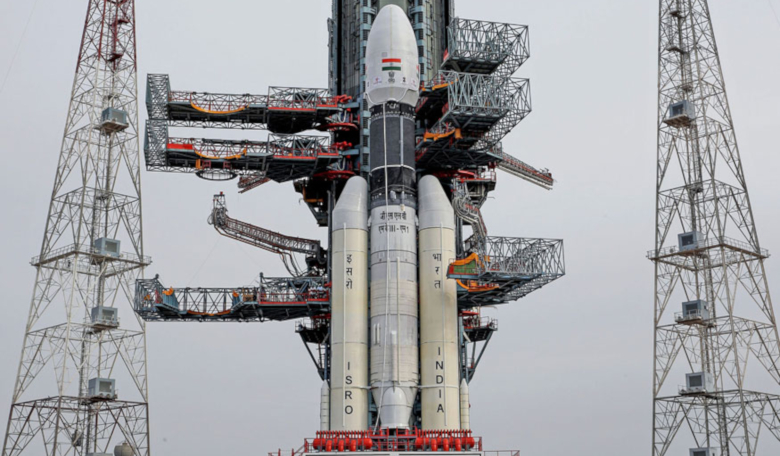India on Monday postponed the launch of a lunar probe less than an hour before blast-off because of a technical problem, delaying its bid to become only the fourth nation to land a spacecraft on the Moon.
Having halted the countdown 56 minutes and 24 seconds before the scheduled launch of Chandrayaan-2, the Indian Space Research Organisation (ISRO) gave no explanation for what it called a "technical snag" in the rocket nor a date for a new attempt.
However, a committee of experts looking into the causes of the problem have now said that a fuel leak in the GSLV-MkIII rocket's helium fuel component was to blame, according to reports from the Times of India.
"After filling helium, we found the pressure was dropping, indicating there was a leak," said a senior (unnamed) mission scientist, adding that it was possible there were "multiple leaks".
"We were lucky that the mission did not enter the automatic launch sequence else all would have been lost," the Hindustan Times quoted a senior ISRO official as saying.
The Chandrayaan-2—or Moon Chariot 2—mission is part of India's ambitious space programme, and its success would have propelled the South Asian nation into rarefied company: Russia, the United States and China are the only countries to have landed craft on the lunar surface.
The agency has not said when it would attempt the launch again but experts have noted that Indian mission chiefs would be cautious about trying a new liftoff. "If the launch does not happen in the next 48 hours, it could be postponed for a few months until we get an opportune launch window," said Ravi Gupta, a scientist formerly with the state-run Defence Research and Development Organisation.











